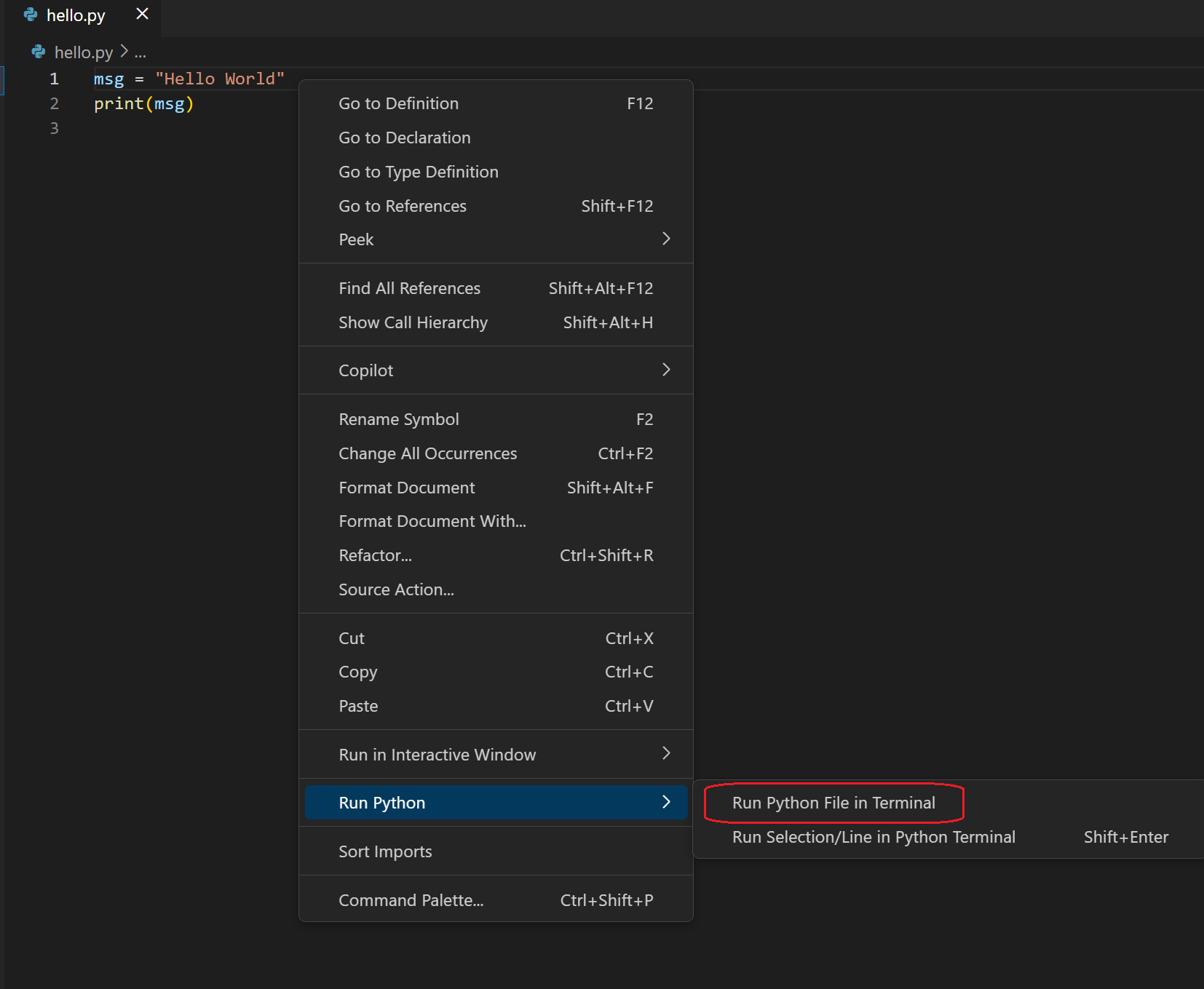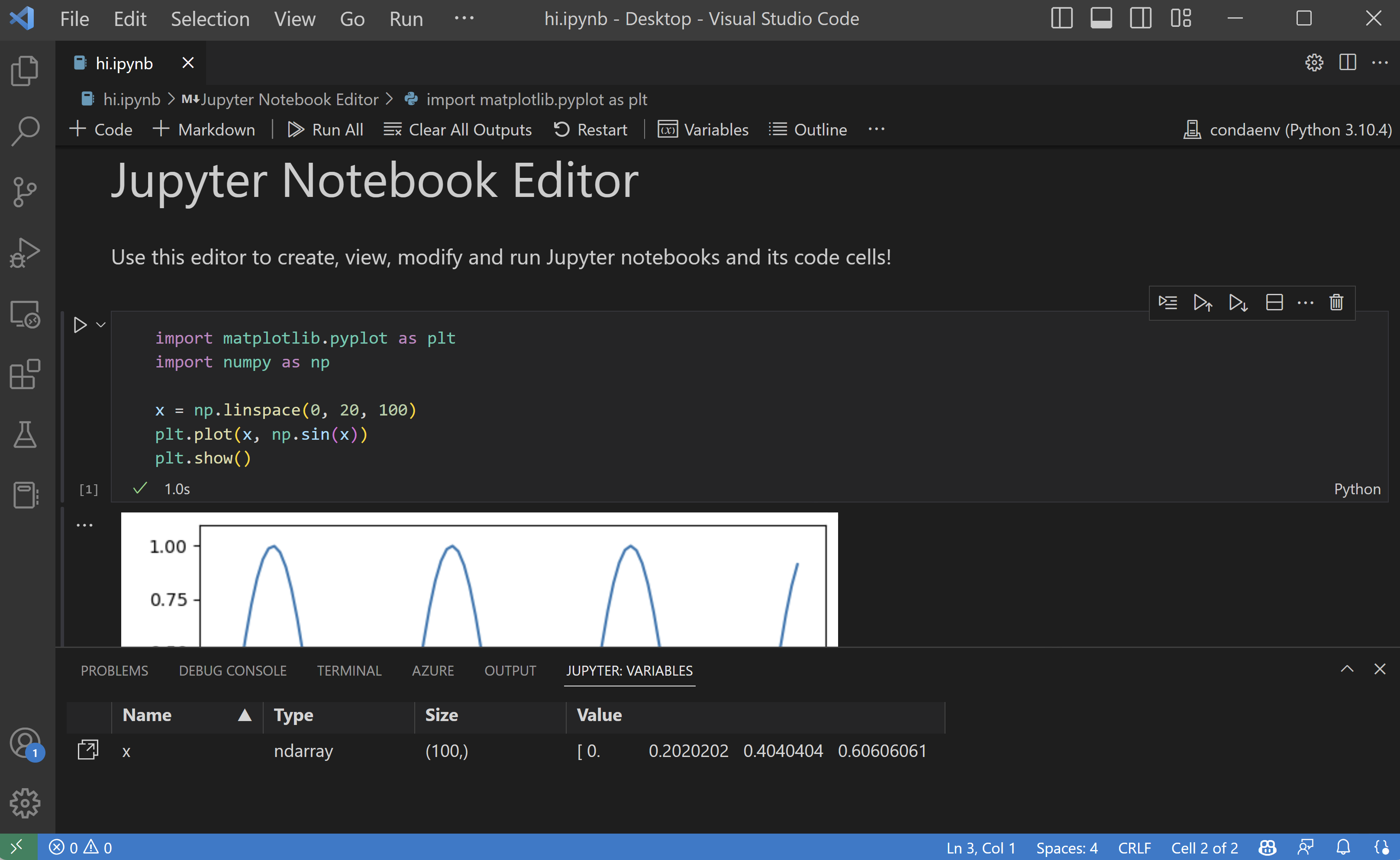

For example, if you write a C++ extension for your Python application, that C++ project could be in the same solution. sln file on disk, is a container for one or more related projects. (2) At the top level is a solution, which by default has the same name as your project. On disk, this project is represented by a.

(1) Highlighted in bold is your project, using the name you gave in the New Project dialog. Take a few moments to familiarize yourself with Solution Explorer, which is where you browse files and folders in your project. The Properties window (3) also appears to show additional information for any item selected in Solution Explorer, including its exact location on disk. The default code file is open in the editor (2). Select the Python Application template, specify a name for the project, and select OK.Īfter a few moments, Visual Studio shows the project structure in the Solution Explorer window (1). For the purposes of this walkthrough, however, let's start with an empty project. Python support in Visual Studio includes several project templates, including web applications using the Bottle, Flask, and Django frameworks. Using search is a great way to find a template when you can't remember its location in the languages tree. To view Python templates, select Installed > Python on the left, or search for "Python". Here you browse templates across different languages, then select one for your project and specify where Visual Studio places files. venv and source “/Users/jemurray/Google Drive/scripts/personalPython/helloworld/.In Visual Studio, select File > New > Project ( Ctrl+ Shift+ N), which brings up the New Project dialog. Run the code by clicking the play button, note the. Validate the venv is enabled by clicking the Python version in the botton left corner of the screen:Ĭreate a simple hello world script: #!/usr/bin/env python Visual Studio Code makes it easy to create and switch between these environments.įirst, create a new workspace (directory) for each unique Python virtual environment:Ĭreate a new Python virtual environment by running /usr/local/bin/python3 -m venv .venv within the VSCode terminal, note how VSCode automatically detects the virtual environment by asking if it should be enabled: Python virtual environments allow developers to separate projects so that libraries do not conflict and projects can maintain separation with each other.


 0 kommentar(er)
0 kommentar(er)
